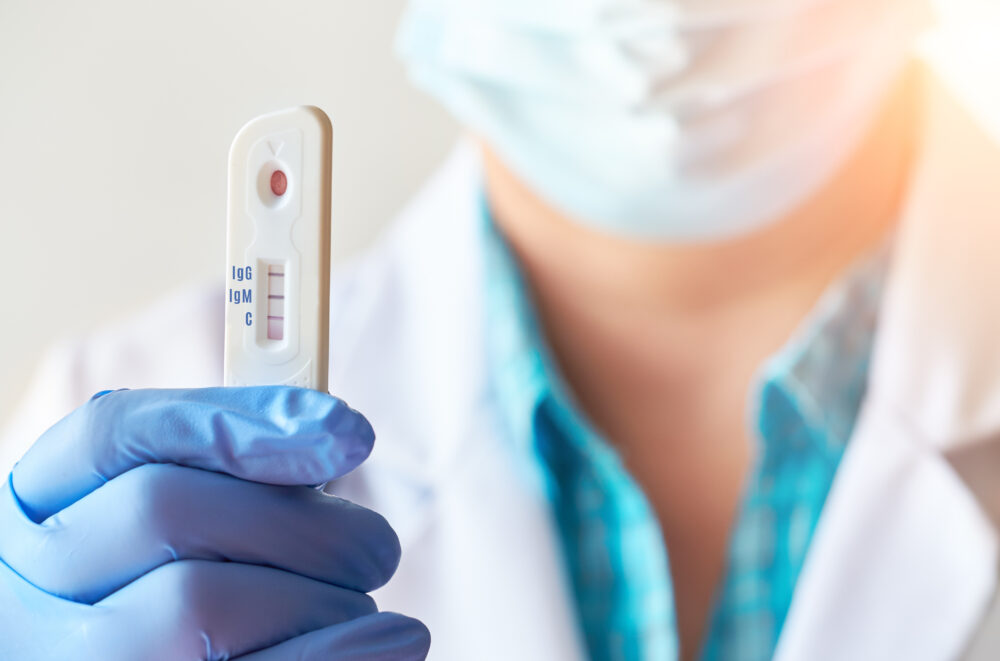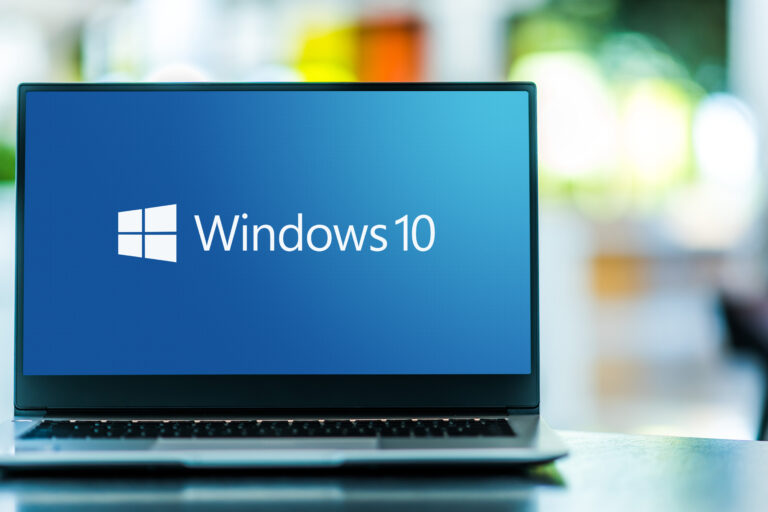The U.S. Centers for Disease Control and Prevention (CDC) has outlined specific isolation and return-to-work recommendations for healthcare personnel (HCP) regarding COVID-19 infections. In addition to measures such as vaccination, source control, ventilation, disinfection, distancing, and the use of PPE, the CDC recommends an isolation and testing protocol for HCP to prevent the spread of COVID-19 in healthcare settings. This guidance is intended to advise the duration of workplace restrictions for HCP with COVID-19 infections.
Testing
Any HCP with symptoms of COVID-19, even mild symptoms, should undergo testing as soon as possible using an antigen detection assay or nucleic acid amplification test (NAAT). If using an antigen test, a negative result should be confirmed by a NAAT or by a second negative antigen test taken 48 hours after the first negative test. A single negative NAAT is sufficient in most circumstances.
Return to Work After Infection
When determining whether an employee may return to work after a COVID-19 infection, employers should consider both the severity of symptoms and the presence of immunocompromising conditions. HCP should self-monitor for symptoms and report the recurrence or worsening of symptoms.
Either a NAAT (molecular) or antigen test may be used for testing. If using an antigen test, HCP should have a negative test obtained on day 5 and again 48 hours later HCP with mild to moderate symptoms of
COVID-19 who are not moderately to severely immunocompromised could return to work when:
• At least 7 days have passed since symptoms first appeared if a negative viral test is obtained within 48 hours prior to returning to work (or 10 days if testing is not performed or if a positive test at day 5-7), and
• At least 24 hours have passed since last fever without the use of fever-reducing medications, and
• Symptoms (e.g., cough, shortness of breath) have improved.
HCP who are asymptomatic and who are not moderately to severely immunocompromised could return to work when at least 7 days have passed since symptoms first appeared if a negative viral test is obtained within 48 hours prior to returning to work (or 10 days if testing is not performed or if a positive test at day 5-7). HCP with severe to critical symptoms of COVID-19 (which generally require hospitalization) and who are not moderately to severely immunocompromised could return to work when:
• At least 10 days and up to 20 days have passed since symptoms first appeared, and
• At least 24 hours have passed since last fever without the use of fever-reducing medications, and
• Symptoms (e.g., cough, shortness of breath) have improved.
The test-based strategy as described below for moderately to severely immunocompromised HCP can be used to inform the duration of work restriction:
• HCP who are moderately to severely immunocompromised may shed the virus beyond 20 days after symptom onset. These individuals should use a test-based strategy in consultation with an infectious disease specialist or other occupational health specialist to determine the appropriate time frame for returning to work.
Return to Work After Exposure
If HCP are exposed to someone with a confirmed case of COVID-19, testing or restriction from work may be necessary based on the risk level of the exposure. High-risk exposures include the HCP’s eyes, nose, or mouth being exposed to material potentially containing the COVID-19 virus, especially if the HCP were present during an aerosol-generating procedure. Other types of exposures should be evaluated on a case-by-bases basis, considering factors such as the use of PPE, hand hygiene, ventilation, and source control.
High risk-exposures can be classified as having prolonged (more than 15 total minutes), close (within 6 feet) contact with an individual with confirmed COVID-19 and:
• HCP was not wearing a respirator, or if HCP was wearing a facemask and the infected person was not wearing any type of mask
• HCP was not wearing eye protection, and the infected person was not wearing any type of mask
• HCP was not wearing all of the recommended PPE (gown, gloves, eye protection, respirator) while present for an aerosol generating procedure
Following a high-risk exposure, HCP should have a series of three viral tests for COVID-19 infection. Testing should be completed no earlier than 24 hours after exposure, and if negative, two more tests each 48 hours apart. This means the HCP should test on days 1, 3, and 5 after an exposure. Following an exposure, HCP should wear well-fitting source control and monitor themselves for fever and other symptoms. If they develop any symptoms, they should immediately isolate and contact the employer for testing and evaluation.
Generally, work restriction is not required for asymptomatic HCP following an exposure to COVID-19. Work restrictions should be considered in certain cases such as:
• HCP cannot be tested or wear source control for the recommended 10 days following the exposure
• HCP is moderately to severely immunocompromised or works with patients who are moderately to severely immunocompromised
• HCP works in a unit that is experiencing ongoing COVID-19 transmission that is not controlled
If work restriction is recommended after an exposure, HCP may return to work 7 days after the exposure if they do not develop symptoms and all testing is negative. If no testing is performed, HCP may return to work 10 days following the exposure if they do not develop symptoms.
If HCP are exposed to COVID-19 outside of the workplace, their exposure risk level should be evaluated based on the same risk factors above. Exposures to household contacts with confirmed COVID-19 should be treated as a high-risk exposure.



